10 Best Herbal Tinctures For Menstrual Cramps
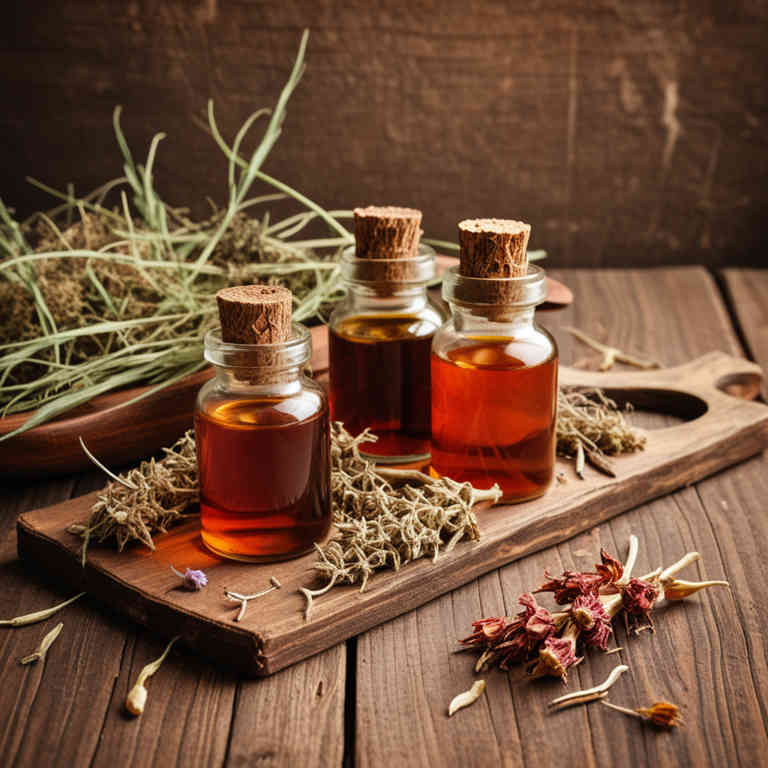
Herbal tinctures have gained popularity as a natural remedy for alleviating menstrual cramps, offering a gentler alternative to over-the-counter medications.
These tinctures typically contain herbs like cramp bark, ginger, chamomile, and evening primrose oil, which are known for their anti-inflammatory and muscle-relaxing properties. When taken orally, these concentrated herbal extracts can help reduce pain and discomfort by promoting blood flow and easing uterine contractions. Many women find them effective when used consistently during their menstrual cycle, often combining them with lifestyle adjustments for optimal results.
However, it's important to consult with a healthcare provider before use, especially for those with underlying health conditions or taking other medications.
FREE COURSE
How to make medicinal herbal tinctures for common ailments at home and in a weekend (using the Healing Drops System).

Table of Contents
1. Vitex agnus-castus
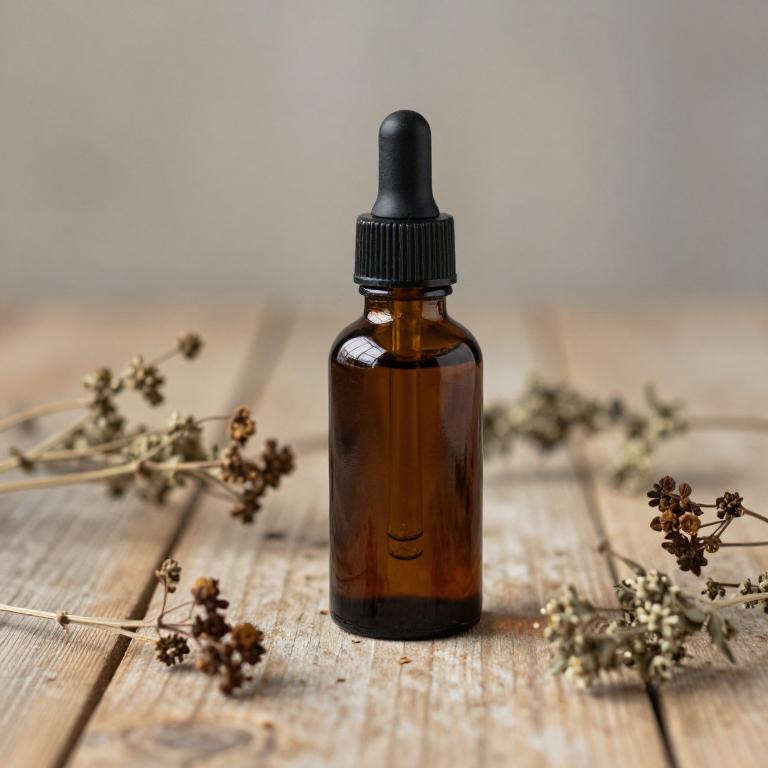
Vitex agnus-castus, commonly known as chasteberry, is a popular herbal remedy used to support hormonal balance and alleviate symptoms associated with menstrual cramps.
Its tincture form is often taken orally, typically in doses ranging from 20 to 40 drops twice daily, to help regulate menstrual cycles and reduce cramping. The herb is believed to influence the pituitary gland, which can lead to decreased prolactin levels and improved ovarian function, thereby easing menstrual discomfort. Many women find relief from bloating, mood swings, and painful cramps when using vitex agnus-castus tinctures as part of a holistic approach to menstrual health.
However, it is important to consult with a healthcare provider before starting any new herbal supplement, especially if you have existing medical conditions or are taking other medications.
2. Curcuma longa
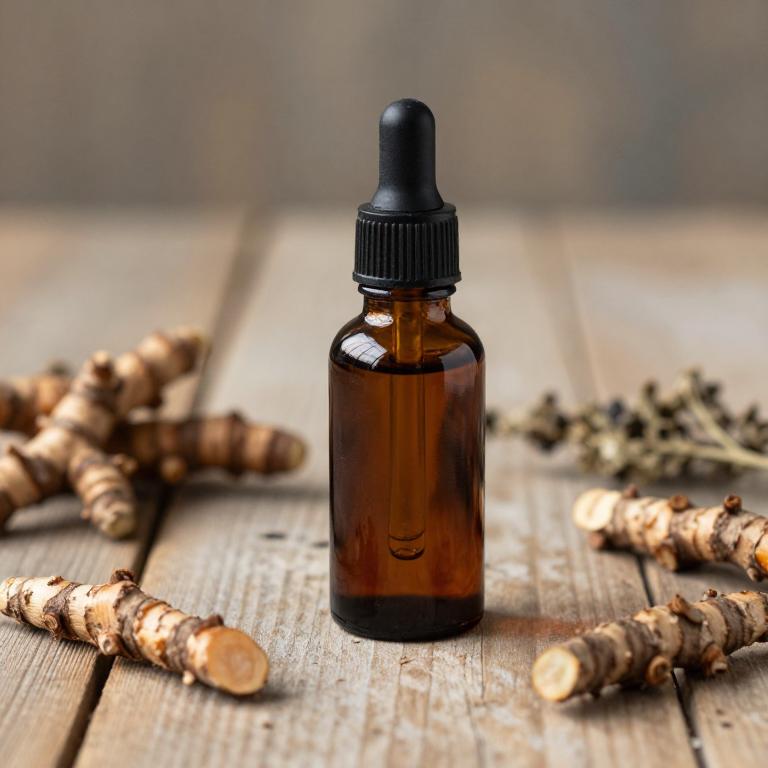
Curcuma longa, commonly known as turmeric, has been widely used in traditional medicine for its anti-inflammatory and analgesic properties.
When formulated into a tincture, curcuma longa can provide a concentrated and easily absorbed form of curcumin, the active compound responsible for its therapeutic effects. Studies suggest that curcumin may help alleviate menstrual cramps by reducing prostaglandin-induced inflammation and pain in the uterus. This herbal tincture is often used as a natural alternative to conventional pain relievers, offering a gentler approach with fewer side effects.
However, it is important to consult with a healthcare provider before use, especially for individuals with existing health conditions or those taking other medications.
3. Cimicifuga racemosa
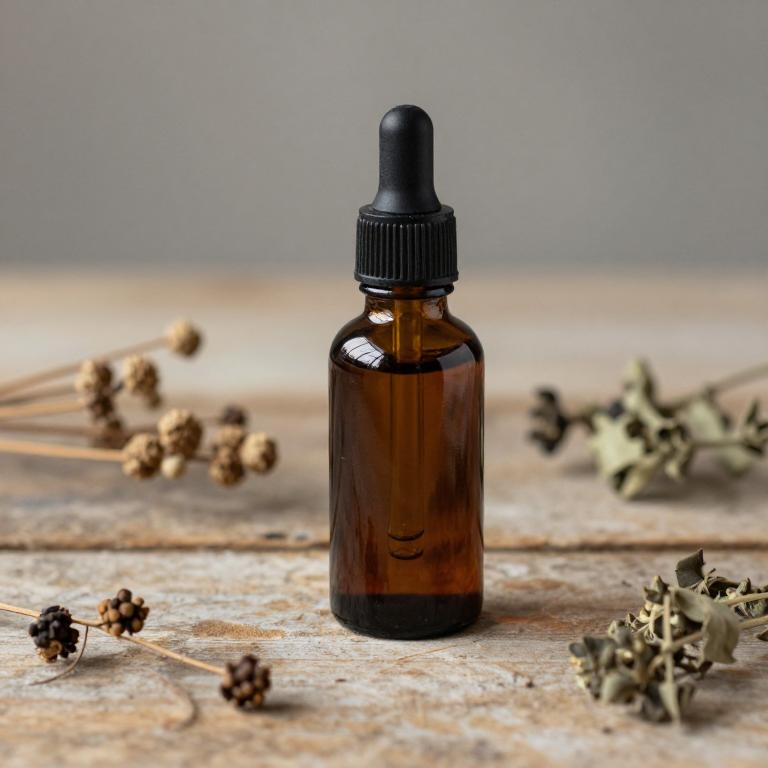
Cimicifuga racemosa, commonly known as black cohosh, is a popular herbal remedy used to alleviate menstrual cramps and related symptoms.
Its tincture form is often preferred for its concentrated active compounds, which may help reduce uterine contractions and ease pain. Traditionally used in herbal medicine, especially in North America, it has been studied for its potential effects on hormonal balance and inflammation. While generally considered safe for short-term use, it is important to consult a healthcare provider before starting any herbal treatment, especially for those with existing medical conditions or on medication.
As with any supplement, the quality and source of the tincture can significantly impact its effectiveness and safety.
4. Zingiber officinale
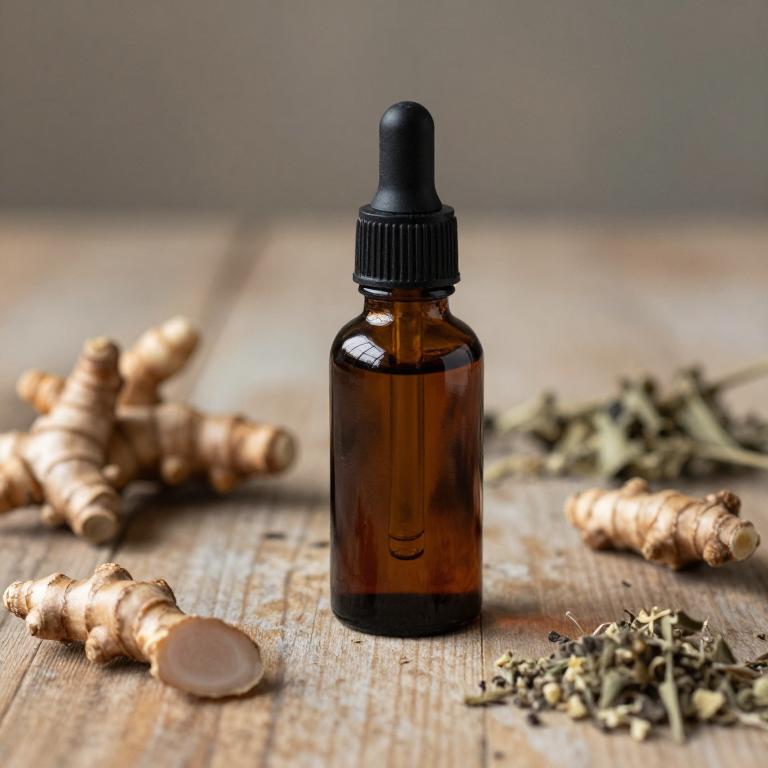
Zingiber officinale, commonly known as ginger, has been widely recognized for its potential to alleviate menstrual cramps due to its anti-inflammatory and analgesic properties.
When used in the form of herbal tinctures, ginger can be easily incorporated into a daily routine, offering a natural and convenient alternative to over-the-counter pain relievers. The active compounds in ginger, such as gingerol and shogaol, are believed to help reduce prostaglandin levels, which are often responsible for uterine contractions and pain during menstruation. Studies suggest that ginger tinctures may provide significant relief for women experiencing dysmenorrhea, though individual responses can vary.
It is advisable to consult with a healthcare provider before using ginger tinctures, especially for those with existing health conditions or who are pregnant.
5. Rosa canina
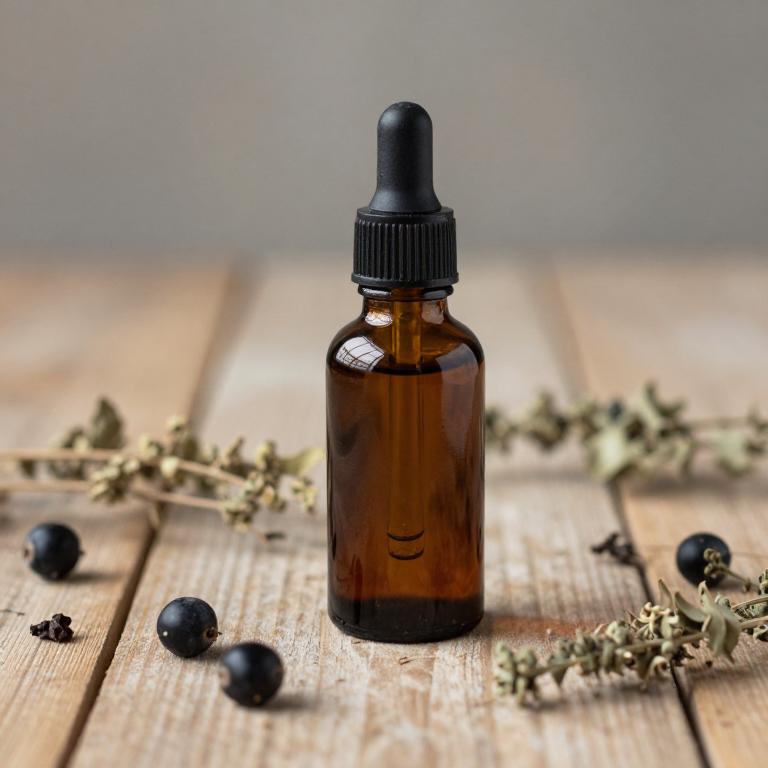
Rosa canina, commonly known as dog rose, has been traditionally used in herbal medicine for its soothing and anti-inflammatory properties, making it a popular choice for alleviating menstrual cramps.
The herbal tinctures derived from Rosa canina berries are believed to help reduce pain and discomfort associated with dysmenorrhea by supporting the body's natural inflammatory response. These tinctures are often prepared using alcohol as a solvent, which helps extract the active compounds such as flavonoids and vitamin C, known for their antioxidant and anti-spasmodic effects. Many women use Rosa canina tinctures as a natural alternative to over-the-counter pain relievers, seeking a gentler approach to managing menstrual pain.
However, it is important to consult with a healthcare provider before starting any herbal treatment, especially for those with existing health conditions or taking other medications.
6. Foeniculum vulgare
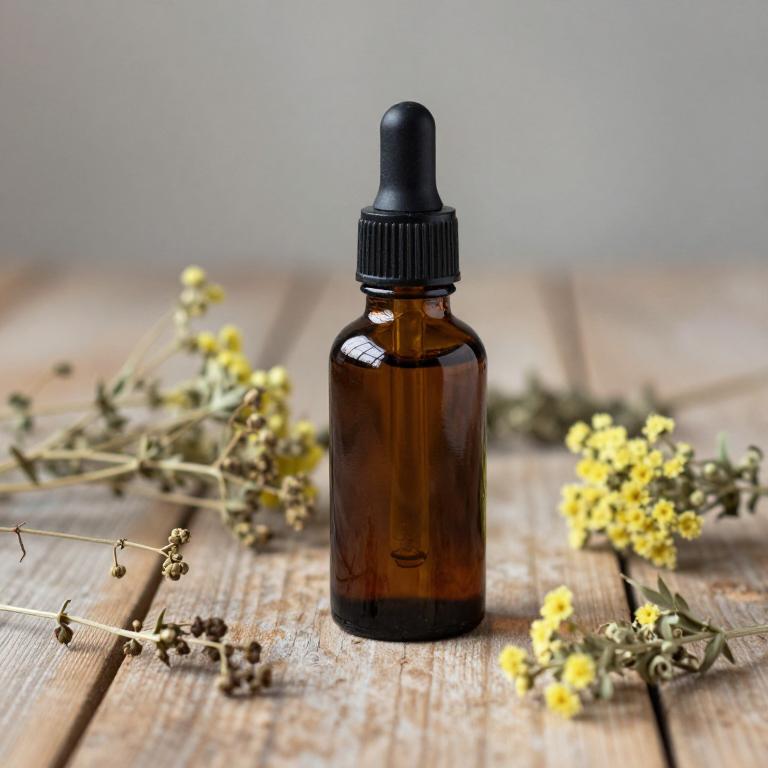
Foeniculum vulgare, commonly known as fennel, is widely used in herbal medicine for its potential to alleviate menstrual cramps.
Fennel tinctures are prepared by soaking the dried seeds in alcohol, allowing the active compounds, such as anethole and estragole, to be extracted. These compounds are believed to have antispasmodic and anti-inflammatory properties that can help relax uterine muscles and reduce pain. Many women find relief from menstrual discomfort by using fennel tinctures as a natural remedy.
However, it is important to consult with a healthcare provider before use, especially for those with existing health conditions or taking other medications.
7. Paeonia suffruticosa
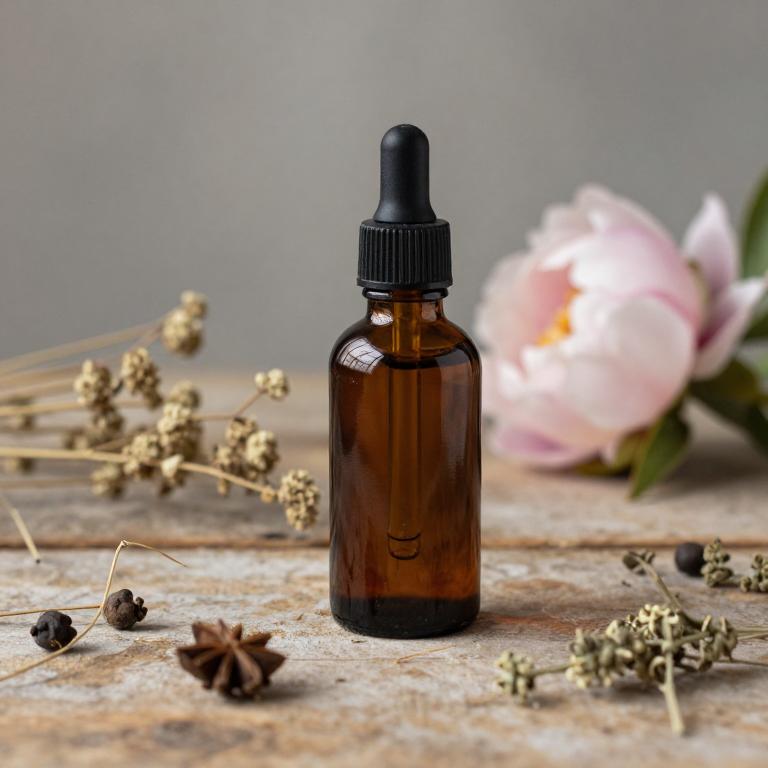
Paeonia suffruticosa, commonly known as the tree peony, has been traditionally used in herbal medicine for its soothing properties, particularly for alleviating menstrual cramps.
Its herbal tinctures are prepared by extracting the roots or flowers with alcohol, allowing the active compounds to be absorbed into the bloodstream. These tinctures are believed to help reduce inflammation and relax uterine muscles, easing the discomfort associated with dysmenorrhea. The plant contains compounds such as paeoniflorin and benzoylpaeoniflorin, which have demonstrated analgesic and anti-inflammatory effects in scientific studies.
As a natural alternative to conventional pain relievers, Paeonia suffruticosa tinctures are often recommended for women seeking holistic approaches to menstrual health.
8. Urtica dioica
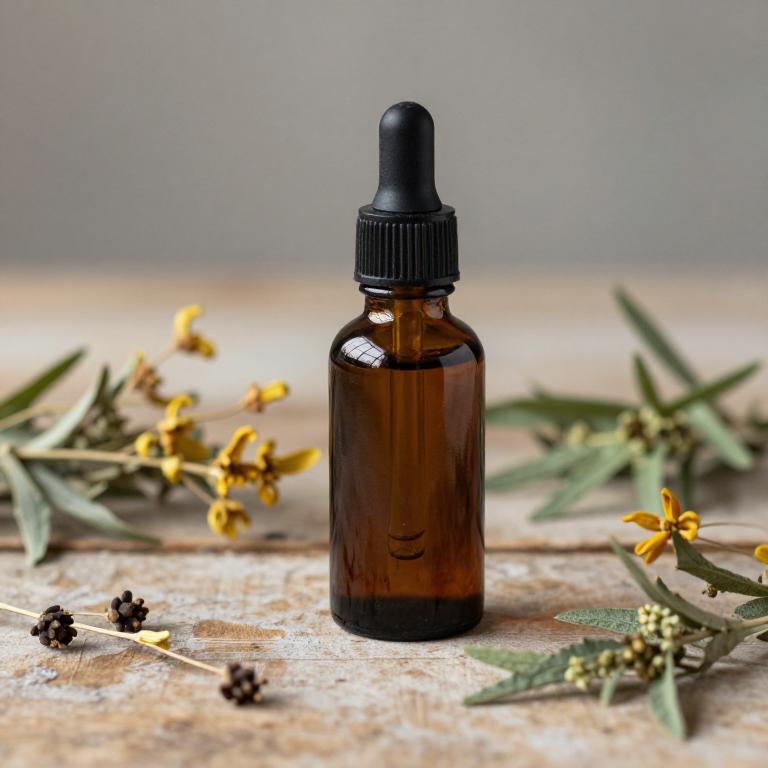
Urtica dioica, commonly known as stinging nettle, has been traditionally used in herbal medicine to alleviate symptoms of menstrual cramps due to its anti-inflammatory and analgesic properties.
When prepared as a tincture, urtica dioica can be taken orally to help reduce pain and discomfort associated with dysmenorrhea. The tincture is typically made by soaking the dried leaves in alcohol, allowing the active compounds to be extracted for effective use. It is believed that the high concentration of nutrients such as iron, silica, and flavonoids in the tincture contribute to its soothing effects on the reproductive system.
However, it is important to consult with a healthcare provider before using urtica dioica tinctures, especially for individuals with existing health conditions or those taking other medications.
9. Nymphaea alba
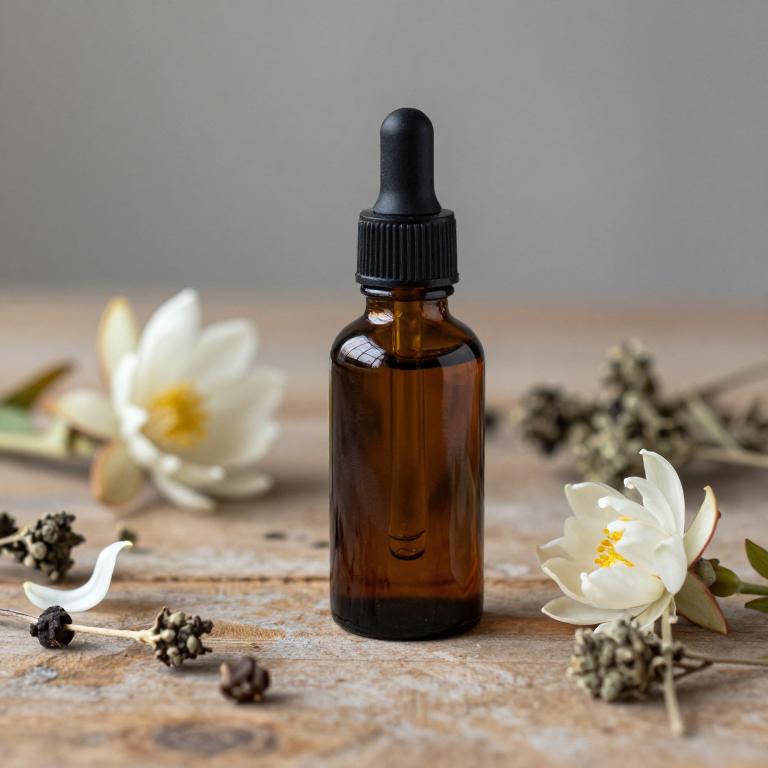
Nymphaea alba, commonly known as white water lily, has been traditionally used in herbal medicine for its soothing properties, particularly for缓解 menstrual cramps.
The tincture of Nymphaea alba is prepared by extracting its active compounds, such as flavonoids and alkaloids, using alcohol, which enhances its bioavailability and potency. This herbal tincture is believed to help reduce inflammation and ease the discomfort associated with menstrual pain by promoting uterine relaxation. It is often used as a natural alternative to conventional pain relievers, offering a gentler approach for those seeking holistic remedies.
However, it is important to consult with a healthcare provider before using Nymphaea alba tinctures, especially during pregnancy or if taking other medications.
10. Salvia officinalis
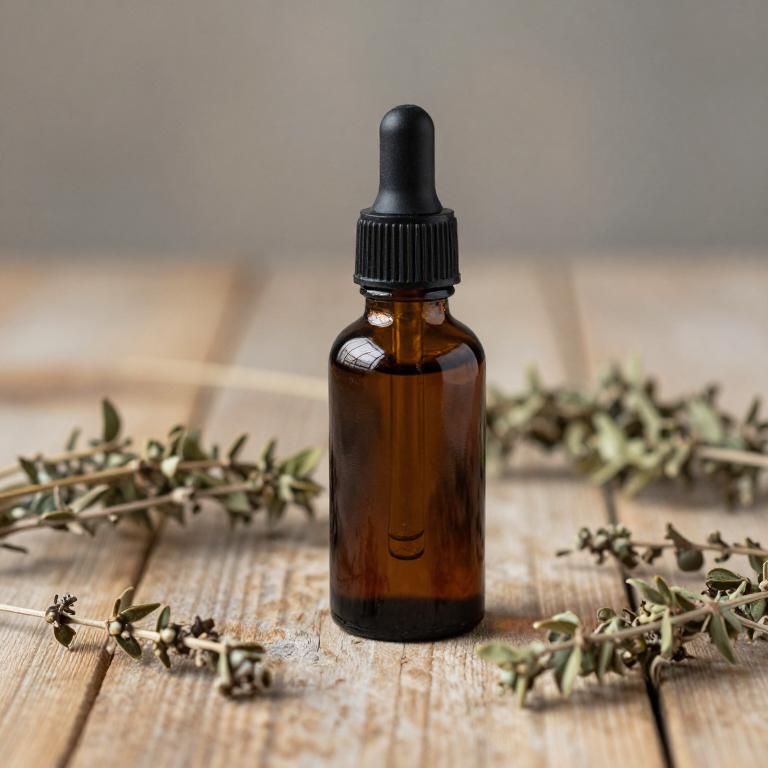
Salvia officinalis, commonly known as sage, has been traditionally used in herbal medicine for its potential benefits in alleviating menstrual cramps.
Sage tinctures are concentrated liquid extracts that can be taken orally, offering a convenient and potent form of herbal remedy. These tinctures are believed to help reduce inflammation and muscle spasms associated with menstrual pain due to their antimicrobial and antispasmodic properties. While research on sage's effects on menstrual cramps is limited, some studies suggest it may help regulate hormonal imbalances and ease discomfort.
As with any herbal remedy, it is important to consult a healthcare provider before use, especially for those with existing health conditions or taking other medications.